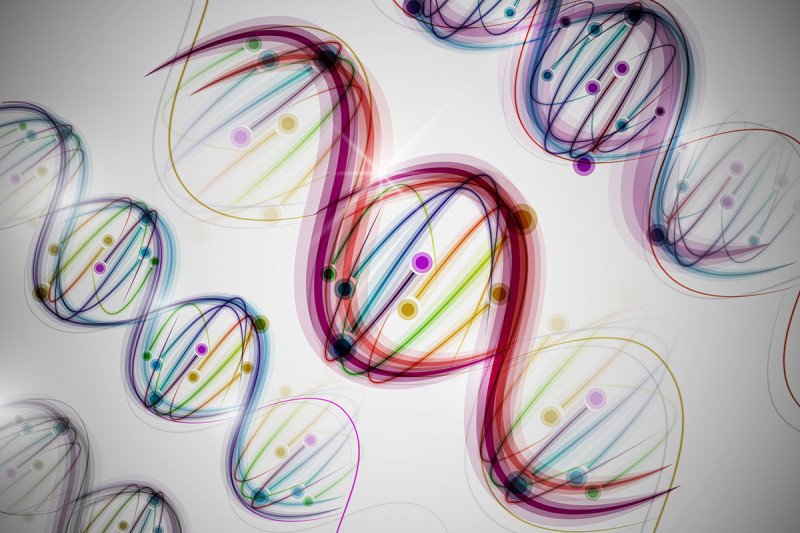
Genes hold an important key to our understanding of cancer and its underlying causes. A technology called next-generation sequencing, which significantly improves upon older gene sequencing methods, is revolutionizing the way cancer research is conducted. But the large amount of genomic data it produces has cancer researchers still figuring out the best ways to analyze the information.
To address this urgent demand, the American Association for Cancer Research (AACR) helped create a program called Project GENIE (Genomics Evidence Neoplasia Information Exchange). Memorial Sloan Kettering physician-scientist Charles Sawyers, a past president of the AACR, is spearheading the effort, which was announced late last year. Along with MSK, six other leading cancer research institutions will collaborate on the program.
We recently spoke with Dr. Sawyers about the creation of Project GENIE and his goals for it.
Why was a program like this needed?
Every year, thousands of cancer patients have the genomic changes in their tumors analyzed. The idea is that mutations found in the tumor will provide insights for personalized medicine. In some cases, the findings from tumor analyses clearly suggest the most appropriate therapy. But this level of clarity is available for only a handful of the hundreds of mutations found in patients’ tumors.
One of the reasons is that it’s difficult for one institution to collect enough data to make statistically significant connections between a particular mutation and a particular cancer, especially for tumors and mutations that are rare. The numbers are just too small. By aggregating existing and future genomic data from all seven participating institutions, we hope to address this problem.
Once the program can interpret the data, how will it be used?
Beyond clinical decision-making, the data within the project can be used to identify and validate biomarkers [substances that may indicate the presence of cancer in the body], which can help with screening and diagnosis. They can also be used to identify additional mutations that can be targeted with drugs — either new drugs or existing ones. We hope they will also help justify to insurance companies and other healthcare payers why genomic analysis of tumors is valuable and worthwhile. Finally, we envision that the shared learnings from GENIE will benefit other global consortia and vice versa.
How is the project set up?
The first phase of the project is limited to the seven founding members, but other institutions will have opportunities to join in later phases. Keeping in line with the themes of openness and sharing, all the project’s policies are available on its website. Announcements of data releases and membership applications will be equally open and transparent.
At the time GENIE was created, the database already held nearly 17,000 genomic records. This number is growing quickly as more patients are treated at participating institutions. In phase I, we’ll look at clinical outcomes data in response to specific clinical queries. These data will then be aggregated and linked in a way that will allow us to make correlations between various gene alterations and particular types of cancer, as well as how patients respond to therapies.
This process will continue to evolve and streamline as the project moves to the later stages. In addition to making the data open to the community, we will be evaluating requests for various clinical queries and undertaking subprojects through sponsored research agreements.
What are your goals for this project in the longer term?
In the not-so-distant future, it is likely that all cancer patients around the world will have their tumor genomically sequenced, and that their physician will use a data registry to help make treatment decisions. The information will flow freely and patients will benefit rapidly. When this time comes, everyone involved in GENIE will know that he or she played a major role in making this new reality happen.


